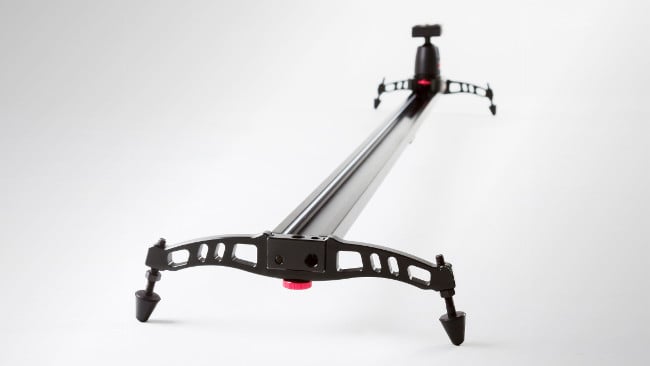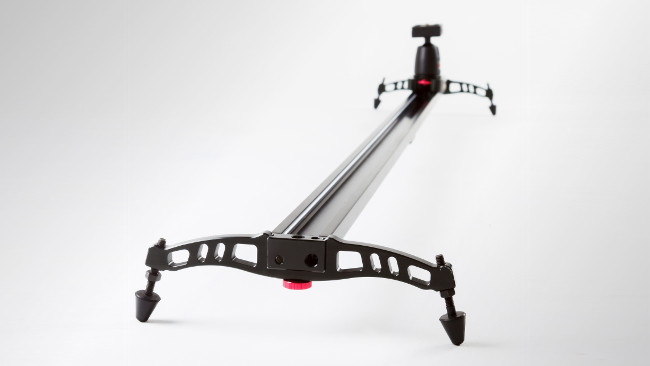
(Replay) Why do we keep moving sideways? The camera slider has become a mainstay for indie and low-budget productions, but, argues Roland Denning, it may not be a fit for many situations, especially in documentary work.
 Camera slider graphic by www.shutterstock.com
Camera slider graphic by www.shutterstock.com
Have you noticed that cameras are moving sideways a lot these days? You see a nicely framed shot, then the camera starts moving – to the left or to the right…
Going sideways
Of course, it is largely down to the ubiquitous slider. A smoothly moving camera can add class to a production and there a couple of reasons why. Firstly, moving a camera, particularly a large camera, takes machinery and labour and thus is associated with production value. Zooms, in comparison, look cheap (but zooms do have a place as I previously discussed here). Secondly, there is something fundamentally engaging about moving a camera through space – the viewer is literally taken on a journey. With a zoom the perspective doesn't change; rather than being taken on a journey, it is the equivalent to tracking into a photograph. While tracking shots reproduce our sensation of moving through the world, zooms don't really correspond to any normal human experience and thus can appear contrived.
It is understandable why we want to move the camera, but why sideways? The simple answer is because we can. The rise of the DSLR contributes to this in two ways. A very compact camera which fits well on an inexpensive, easily portable slider. Secondly, with large chip cameras like DSLRs, we tend to be working with relatively shallow depth-of-field and it is much less problematic moving sideways than tracking towards or away from the subject, which would necessitate a focus pull (and it should go without saying that there is no room for a focus puller on a slider).
Slider Overkill?
And thus, the shot moves sideways. Yes, it can give a nice impression of depth, it feels a little bit classier than a static camera and it can be quite beautiful. But I am beginning to get rather tired of it. Perhaps most irritating is on interviews and dialogue scenes when then camera is moving sideways for no reason other than because it can. Unless your scene is scripted, moving on dialogue is very risky and can cause nightmares in the edit because the content of what people are saying corresponds to the dynamics of the move only by chance.
A slider seldom takes you from one place to another; it just reminds you there is a camera and it can move, but it can never move very far. At worst, it makes you feel like a lurking voyeur peeping around a corner. There can be something frustrating about series of moves, however beautifully executed, that never quite take you anywhere.
Capturing the moment
A moving camera can be a wonderful thing. Cinema has many examples of virtuoso tracking, crane and Steadicam shots from the opening of the 1958 Touch Of Evil to Goodfellas in 1990 and the extraordinary one take scene that takes place almost entirely inside a car in the 2006 Children of Men. In all these examples, there is a reason for the movement. In the first two cases, it is a journey from one world to another. In Children Of Men, the single take and fluid camera gives a superb feeling of claustrophobia as the world outside is bearing down upon our characters.
Sure, those were exotic, high budget examples. Coming down to earth, I don't want to suggest for a moment there is any wrong with putting a camera on a slider, it's just, as with every camera set-up, you should ask yourself why? Additionally, setting up a slider on documentary implies a certain sort of approach. Things are studied, set up for the camera; we a fitting the world into our frame rather than finding a frame that fits the world.
Sometimes, I just want to shout "take the camera off the slider, pick it up and move." The best things that happen in documentaries are things you can't predict or control. You need to able to move around, reframe and reposition, respond to the changes that are happening in front of you. For me, a slider seldom fits that approach.
Graphic by Shutterstock
Tags: Production



Comments